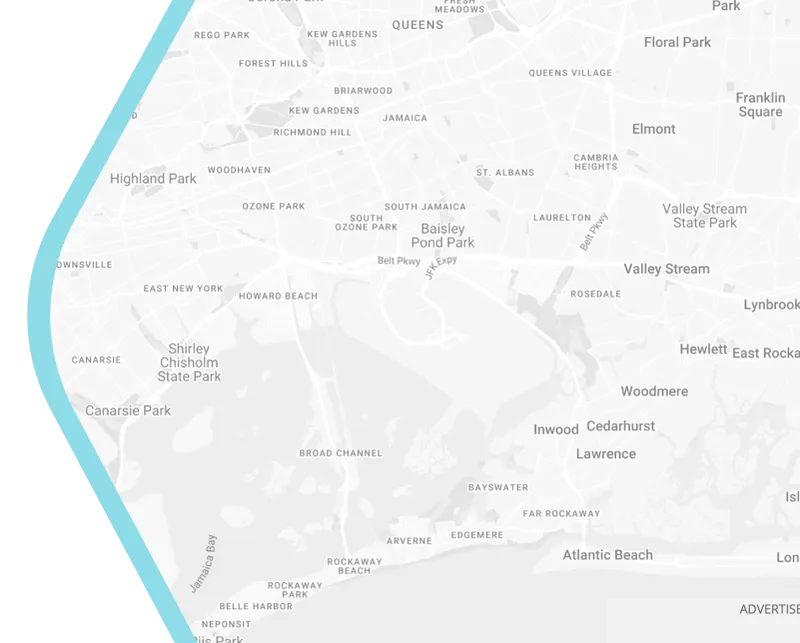
Integrating Green Corridors into Smart City Solutions for Sustainable Urban Growth
The Green Lifelines of Tomorrow’s Cities
By 2050, over two-thirds of the world’s population will call cities home. As urban sprawl accelerates, a pressing question emerges: How do we design cities that thrive without sacrificing the planet? Enter green corridors—networks of interconnected parks, waterways, and greenways that act as the ecological arteries of modern cities. In Australia, where urban heatwaves and biodiversity loss loom large, these corridors are no longer a luxury but a necessity. This is the story of how green corridors are becoming central to smart city solutions, bridging the gap between concrete jungles and sustainable futures.
What Are Green Corridors?
Imagine a city where a walk to work takes you through a canopy of native trees, past wetlands filtering rainwater, and alongside urban farms feeding the community. This is the vision of green corridors—strategically designed pathways that weave nature into the urban fabric. Unlike isolated parks, these corridors connect habitats, allowing wildlife to migrate, clean air to circulate, and residents to recharge. For smart cities, they’re not just about aesthetics; they’re data-driven tools. Sensors embedded in green corridors monitor air quality, soil health, and foot traffic, turning nature into a living dashboard for urban planners.
Why Smart Cities Need Green Corridors
Cities like Melbourne and Sydney are already proving that green corridors are more than “nice-to-have” amenities. In Melbourne, the Urban Forest Strategy has increased tree canopy cover by 40% in a decade, cooling neighborhoods by up to 4°C during heatwaves. Meanwhile, Sydney’s Green Grid Plan links 40 kilometers of parks and open spaces, reducing flood risks through natural stormwater absorption.
The benefits cascade across sectors:
- Environmental: Green corridors combat the urban heat island effect, a critical challenge in Australian cities where summer temperatures regularly exceed 40°C.
- Social: These spaces foster community cohesion. Adelaide’s biodiversity corridors, for instance, double as outdoor classrooms and cultural hubs for Indigenous communities.
- Economic: Properties near green corridors in Brisbane have seen values rise by 15-20%, attracting eco-conscious investors and businesses.
Building Green Corridors into Urban Blueprints
Integrating green corridors into smart city master plans requires a blend of innovation and pragmatism. Take Geelong’s Kardinia Park Precinct, where planners used 3D modeling to simulate how greenways could reduce traffic congestion and pollution. The key steps?
- Data-Driven Design: GIS mapping identifies flood-prone zones or heat hotspots, ensuring corridors address urgent needs.
- Community Co-Creation: In Fremantle, residents voted on plant species for their green corridors, fostering ownership and reducing vandalism.
- Multi-Functional Infrastructure: Melbourne’s SkyRail Urban Renewal Project transformed railway corridors into elevated parks with cycling paths and solar-powered lighting.
Yet challenges persist. Land scarcity in cities like Sydney demands creative solutions—think vertical gardens on high-rises or “pocket parks” in underused alleys. Funding, too, remains a hurdle, though models like Perth’s Green Bonds show how public-private partnerships can mobilize resources.
The Road Ahead: From Vision to Reality
The future of green corridors lies in smart technology. Imagine AI algorithms predicting which tree species will thrive in 2050’s climate or blockchain platforms tracking the carbon offset of every square meter of green space. In Adelaide, drone-planted native seedlings are already restoring degraded corridors 10 times faster than manual methods.
For Australian cities, this isn’t just about keeping pace with global trends—it’s about leadership. As climate extremes rewrite the rules of urban design, green corridors offer a blueprint for resilience.
A Call to Grow Greener Cities
The question isn’t whether cities can afford to invest in green corridors, but whether they can afford not to. From reducing healthcare costs linked to pollution to safeguarding koala populations in fragmented habitats, the stakes are universal. For urban planners and developers, the message is clear: Green corridors aren’t a footnote in smart city solutions—they’re the next chapter.
Ready to reimagine your city’s future? Explore how our smart city solutions can turn green corridors from concept to reality.
